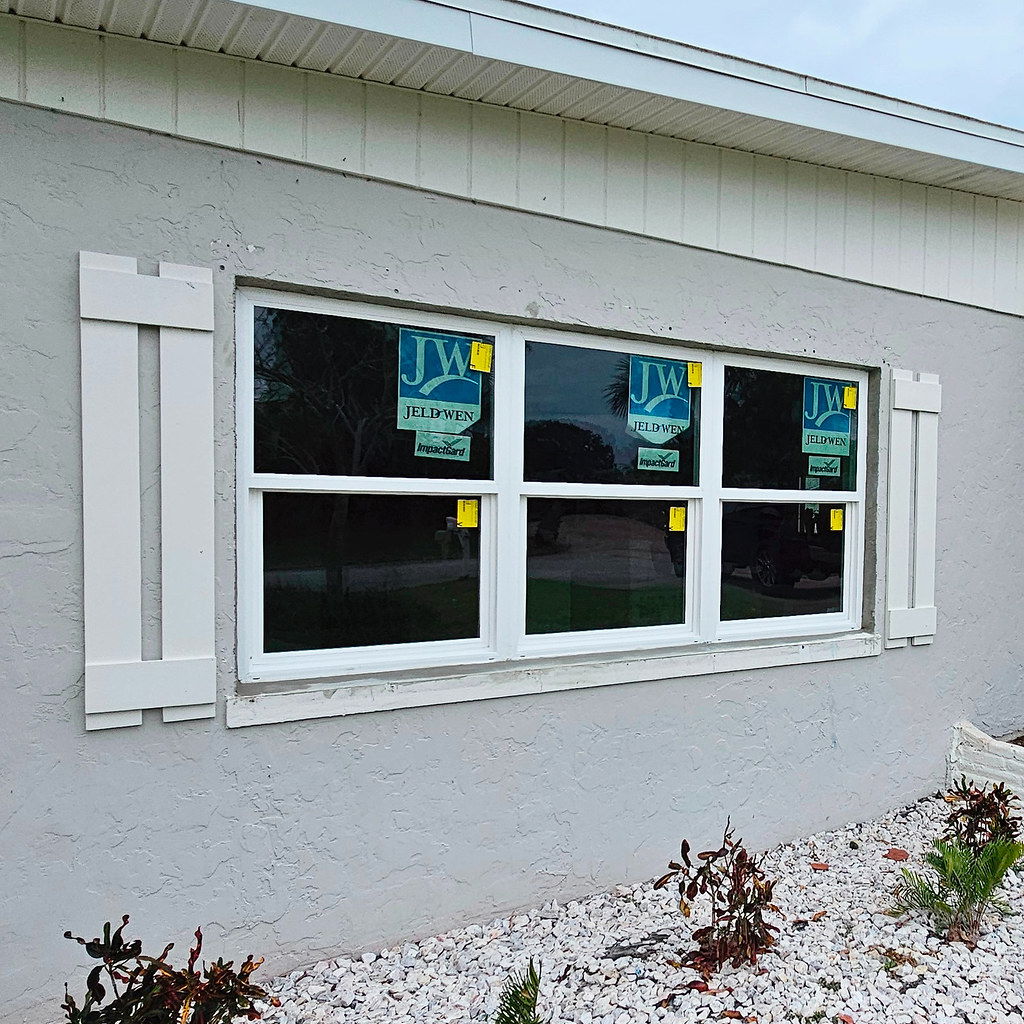Impact windows
Learn More
- Extruded Aluminum Snap-On Glazing Beads: CGI windows use extruded aluminum glazing beads that snap into place, providing a secure and clean look.
PGT and CGI windows, both from PGT Innovations, are designed for impact resistance and hurricane protection, but they differ in their construction and aesthetic options. PGT windows offer a broader range of customization and focus on both resilience and style, while CGI windows prioritize ultimate protection and durability with thicker
What Are Casement Windows?
Casement windows are unique in that they swing open like a door. They are hinged on one side so they can easily open to allow the outdoors in. Since the entire window opens, casement windows are an ideal option if you’re looking for ventilation. Also, unlike single hung windows, there is no center rail to obstruct your view. Casement windows are also versatile, as they can be used singly or in pairs to allow for a larger view outside.
What Are Awning Windows?
Awning windows are unique in that they are hinged on the top and are outward opening windows. An easy way to recognize this window style is that it protects the window opening like an awning. Homeowners choose awning windows for their ability to provide ventilation, even during a storm. The unique characteristics of awning windows make them ideal for homes that want to have outdoor air flowing in but experience inclement weather.
What Are Picture Windows?
Picture windows are fixed-pane, large windows that generally do not have glazing bars. If you think about it, a picture window does exactly what this window style promises- it gives you a clear view without any obstructions. This window style pretty much acts as a picture frame. Depending on the manufacturer, picture windows aren’t always square or rectangular. You can find them in half circle, eyebrow and half eyebrow, arch, and even trapezoid.
What Are Architectural Windows?
Architectural windows sort of break the window style mold in that there are multiple options available in a variety of shapes and sizes. This style of window gives homes a distinctive, custom look. Some people may refer to architectural windows as accent windows on a home. Depending on the manufacturer, homeowners can choose from shapes such as half fan, fan, hexagon, full circle, oval, half hot dog, quarter circle, half eyebrow, half arch, elliptical, half elliptical, gothic, triangle, dog house, trapezoid, arch, half-circle, and eyebrow, and hot dog.
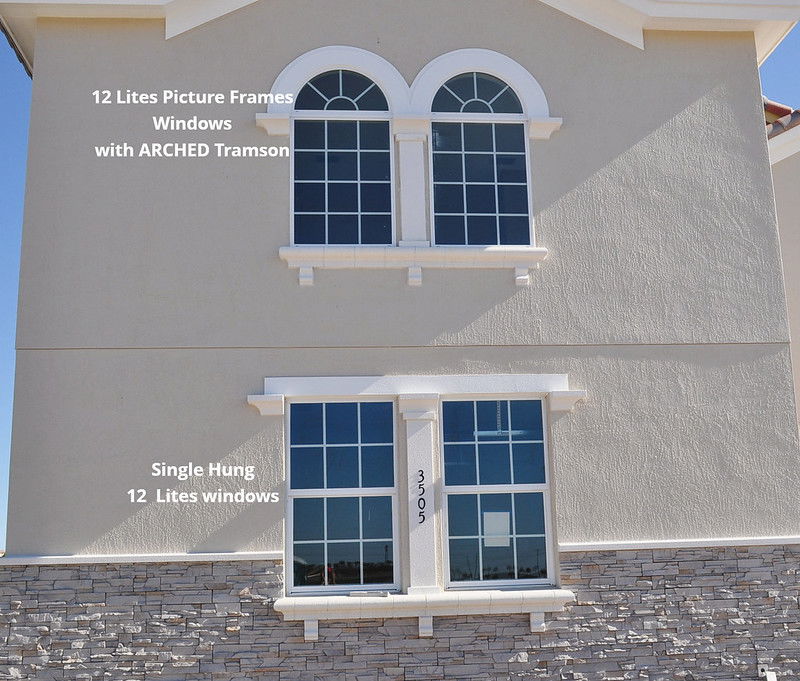

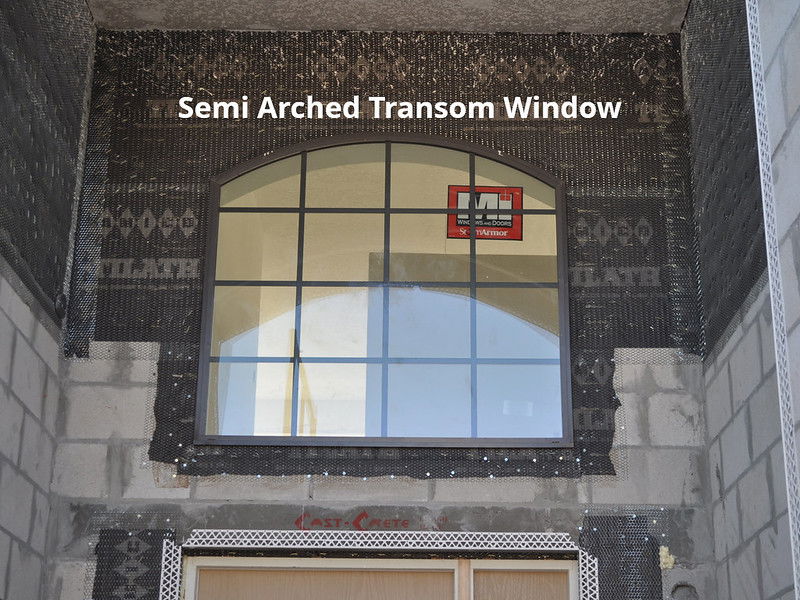

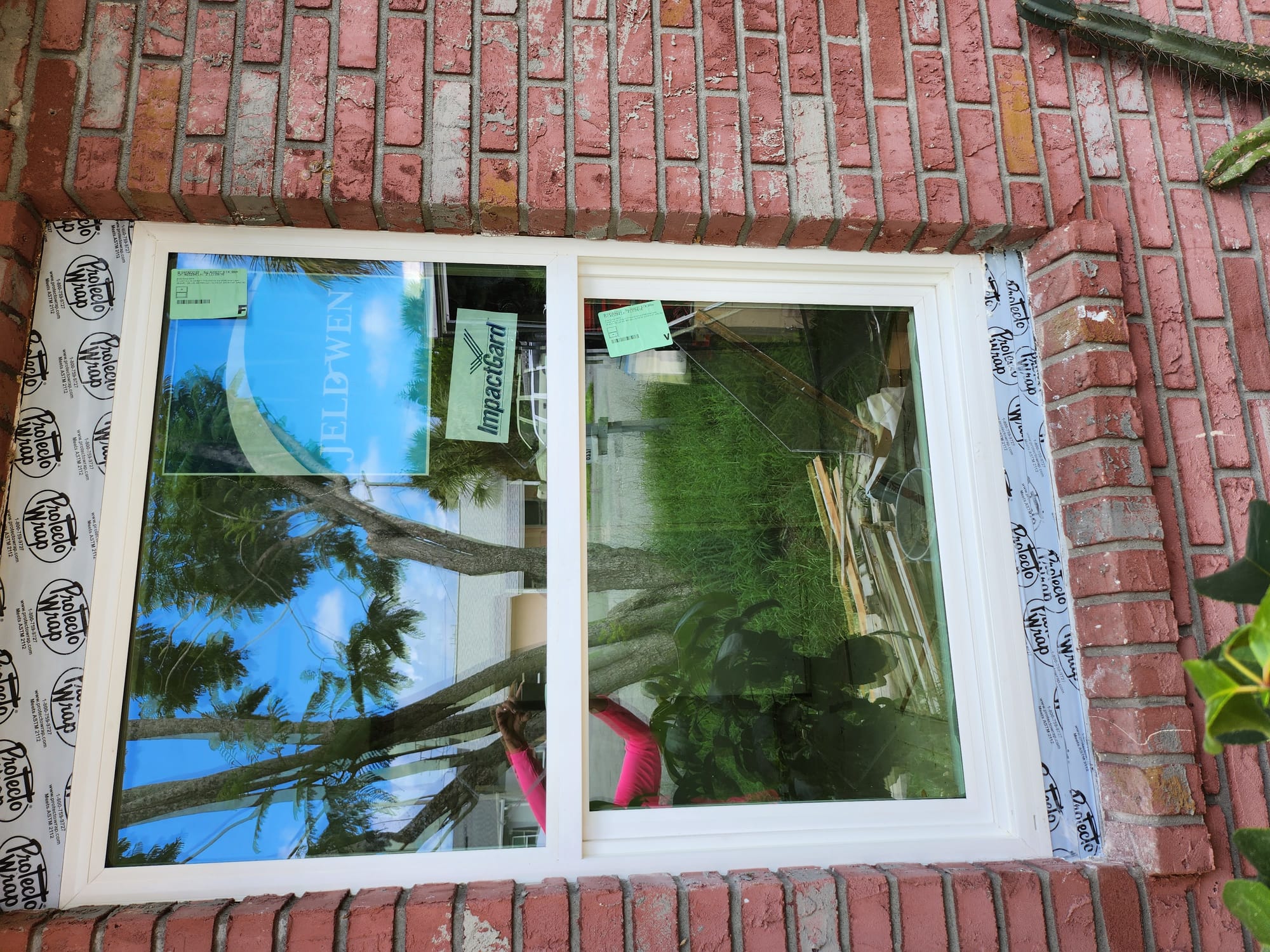
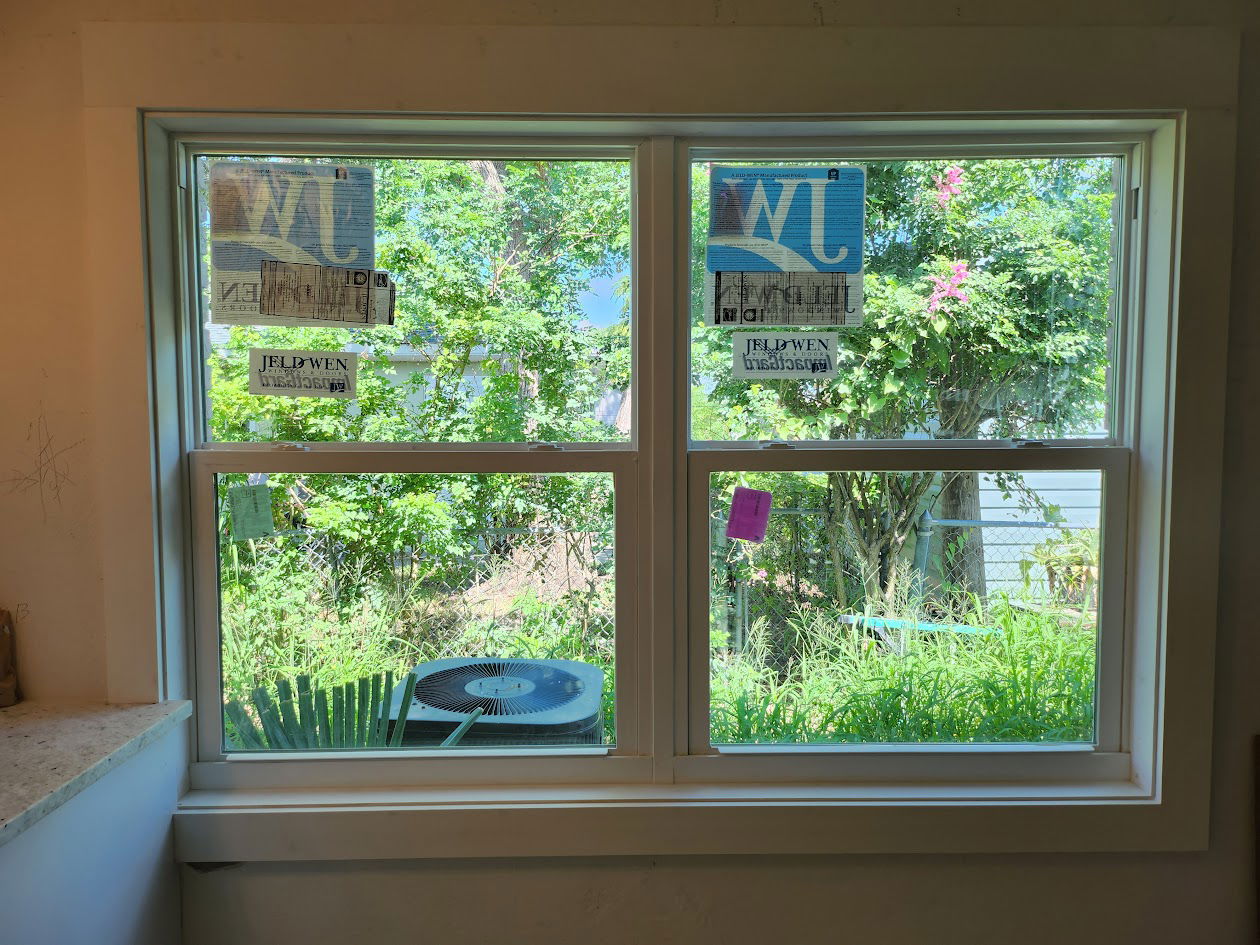
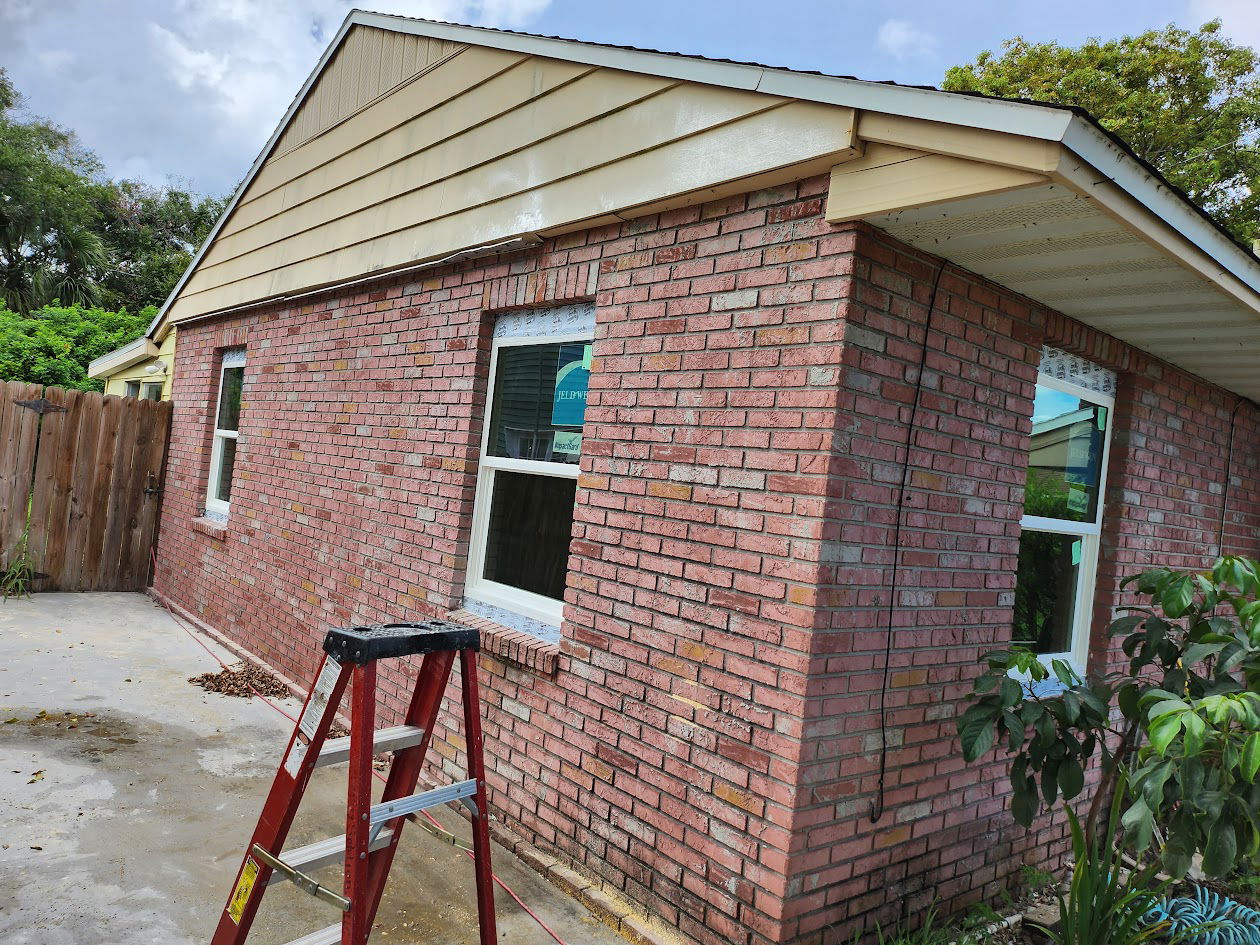 Impact glass helps to reduce energy costs by keeping your home cooler in the summer and warmer in the winter. This is because the glass acts as a barrier against heat transfer, preventing the hot or cold air outside from affecting the temperature inside your home.
Impact glass helps to reduce energy costs by keeping your home cooler in the summer and warmer in the winter. This is because the glass acts as a barrier against heat transfer, preventing the hot or cold air outside from affecting the temperature inside your home.